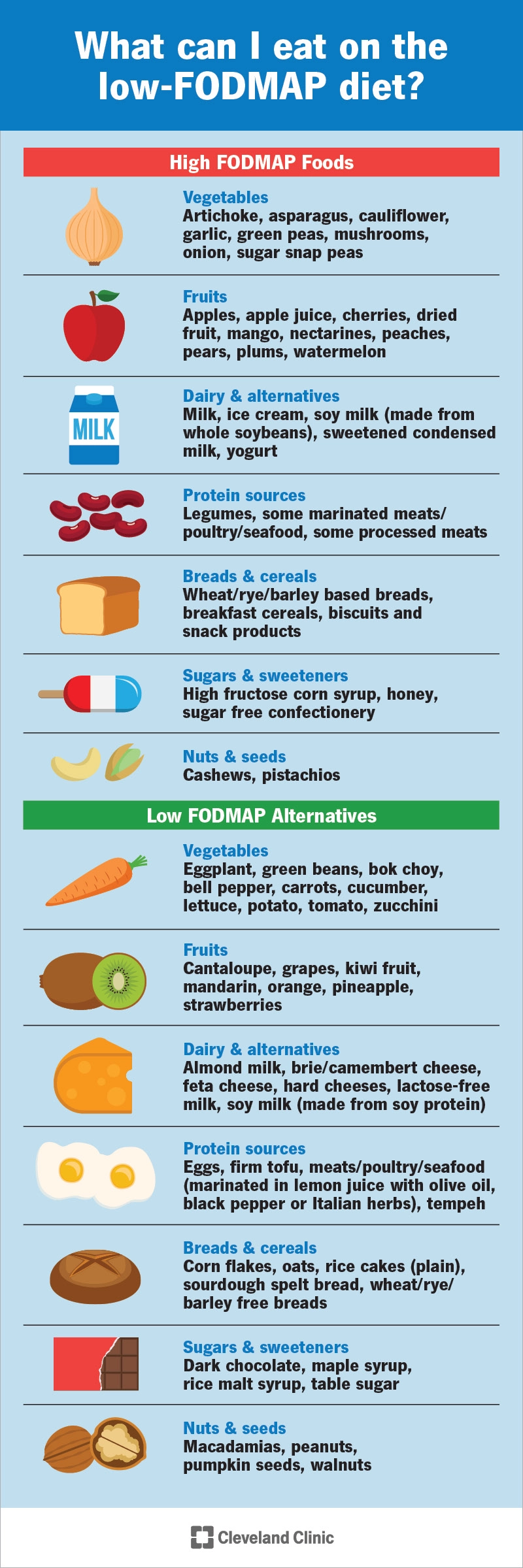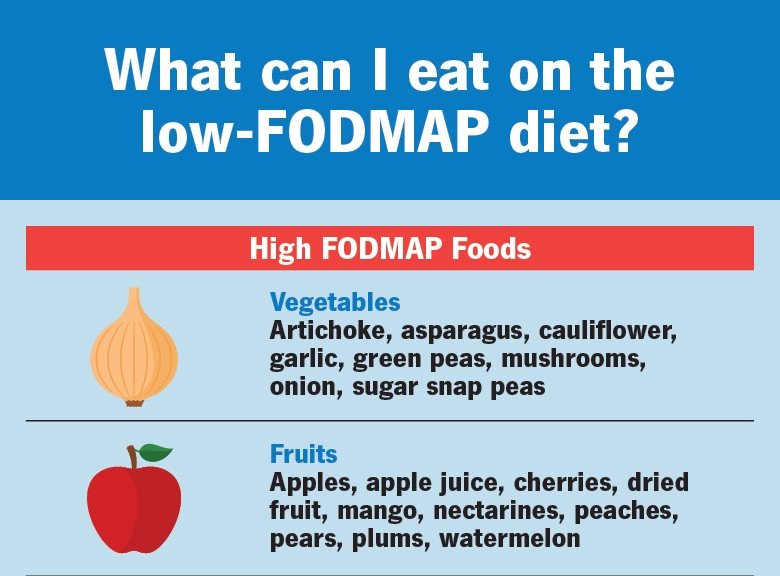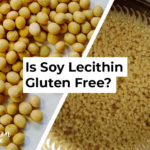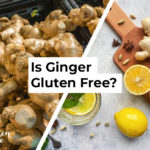Have you ever heard someone mention the word FODMAP or low FODMAP diet to you?
If you experience recurrent bloating, gas and cramps, diarrhea and constipation, or other gastrointestinal symptoms after eating, a low-FODMAP diet may be worth looking into. This diet is designed to help people with IBS (Irritable Bowel Syndrome) and other stomach irritations, to have far less symptoms and a more enjoyable life.
The term FODMAP is an acronym, derived from “Fermentable, Oligo-, Di-, Mono-saccharides And Polyols”. FODMAPs are short chain carbohydrates that humans have trouble digesting in the small intestine.
When to Try the FODMAP or Low FODMAP Diet
If you are experiencing frequent symptoms and irritations related to your diet, you should consider this diet as a way to identify the foods and ingredients that are causing you pain.
Here are some symptoms to look out for:
- Gas
- Stomach Pains
- Intense Bloating
- Diarrhea or Runny Stool
- Headaches and Brain Fog
If you find yourself frequently dealing with the symptoms listed above, or worse, you should try out the low FODMAP diet.
What is the Low FODMAP Diet?
FODMAPS is an acronym that is used to summarize all of the short chain carbohydrates that are not easily absorbed by the small intestine.
This means they are more likely to ferment in the colon, causing gas, pain, and other digestive symptoms.
Something important to note, from Wikipedia. ‘Most FODMAPs are naturally present in food and the human diet, but the polyols may be added artificially in commercially prepared foods and beverages.’
How Do I Follow the Low FODMAP Diet?
Here’s how the low FODMAP diet works. It’s essentially an elimination diet, meaning you take foods out of your diet, and then slowly add them back in, as a way of discovering what foods are causing you pain.
- Remove foods that are high in FODMAPS
- Change your diet to mainly eat foods that are low in FODMAPS
- Test for a couple of weeks to a couple of months to really see how your body feels
- Slowly reintroduce foods over time and find out which foods are causing problems.
- Avoid any foods, groups, allergens, etc. that you notice cause repeat problems.
- Talk to your doctor about possible solutions or dietary alternatives.
Foods you can eat on a low-FODMAP diet:
- Fruits and Vegetables
- Dairy (almond milk, soy milk, etc.) not regular milk or dairy products.
- Grains
- Eggs, Meat, Poultry, Seafood
- Dark Chocolate
Foods you shouldn’t eat on a low-FODMAP diet:
- Onion, Garlic, Cauliflower
- Apples, Watermelon, Plums, Peaches
- Milk, Ice Cream, Sweetened Condensed Milk
- Wheat, Barley, Rye, other gluten based breads
- Sugars and Sweeteners
Wondering which foods you can and can’t eat? Here is an incredible infographic from the Cleveland Clinic.

How does this relate to a Gluten Free Diet?
The low FODMAP diet and the gluten free diet are not directly connected. However; you’ll notice that certain breads and grains are low in FODMAPS. These are still ok, but they recommend avoiding any breads that are wheat/rye/barley based in the low-FODMAP diet.
If you still are unsure if you are suffering from Celiac Disease or a gluten allergy, talk to your doctor.
Typically, they will recommend starting here as a way to see ALL of the foods that are causing you problems. Sometimes it is more than just wheat/gluten, and other times, you may find that gluten isn’t the problem at all!
Read next: How to Go Gluten Free?






